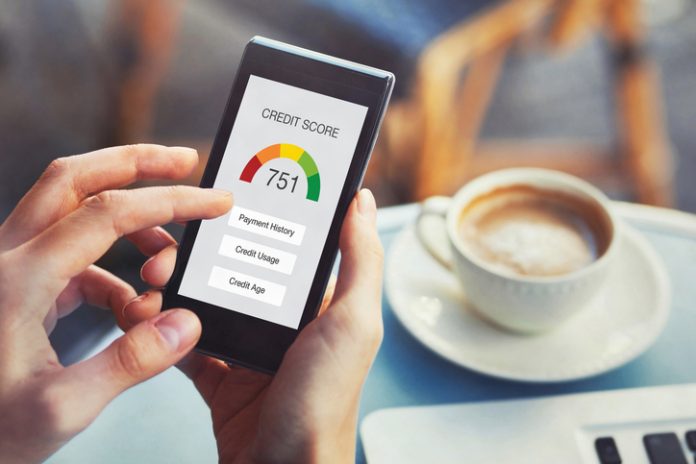In today’s world, lending is an integral part of the financial system. Banks and lending institutions are constantly looking for ways to improve the process of evaluating potential borrowers in order to minimise risk and maximise profits. One of the most effective tools in this area is credit scoring software based on machine learning techniques.
Advantages of using machine learning in credit scoring
Traditional methods of assessing the creditworthiness of borrowers are often based on a limited set of factors such as credit history and income level. However, the use of machine learning allows you to analyse a much larger amount of data and identify hidden patterns that are inaccessible to the human eye.
Credit scoring software that uses machine learning algorithms can process huge amounts of information, including social media, geolocation data and even borrower behavioural characteristics. This enables the creation of more accurate and personalised risk assessment models, which ultimately leads to a reduction in overdue debt and increased profits for lending institutions.
In addition, the use of machine learning significantly accelerates the decision-making process on loan applications. Automated data analysis and real-time scoring allow for faster response to customer requests and increased customer satisfaction.
Implementation peculiarities
Despite the obvious advantages, the implementation of credit scoring based on machine learning can be fraught with certain difficulties. One of the main problems is the quality and completeness of the source data. For the algorithms to work effectively, it is necessary to ensure the collection and structuring of large amounts of information from various sources.
Another important aspect is ensuring the transparency and interpretability of machine learning models. Unlike traditional scoring systems, where the decision-making process is easily explainable, machine learning algorithms are often perceived as a “black box”. Software developers should pay special attention to creating clear and explainable models to ensure trust from regulators and customers.
In addition, the introduction of new technologies requires significant investments in infrastructure and staff training. Credit organisations must be prepared for major changes in their business processes and corporate culture.
Development prospects
As machine learning and artificial intelligence technologies evolve, credit scoring software will become increasingly sophisticated. Research is already underway to apply the latest algorithms, such as deep learning and natural language processing, to analyse unstructured data and build more accurate predictive models.
In the future, we can expect to see the emergence of fully automated credit scoring systems capable of making independent decisions on applications based on a wide range of data. This will significantly reduce transaction costs and increase the availability of credit products for the population.
However, it is important to remember that technology cannot completely replace the human factor in decision-making. Credit scoring software should be seen as an auxiliary tool rather than a one-size-fits-all solution to all problems. Credit organisations need to strike a balance between automation and peer review to ensure that the credit process is as efficient and fair as possible.
Machine learning-based credit scoring software opens up new possibilities for assessing the creditworthiness of borrowers. The use of advanced algorithms makes it possible to analyse huge data sets, identify hidden patterns and build more accurate predictive models. This leads to reduced risks, increased profits and higher customer satisfaction.
However, implementing new technologies requires careful preparation and significant investment. Credit organisations need to ensure the quality of input data, transparency of models and staff training. Only with an integrated approach will credit scoring software be able to realise its full potential and become a reliable assistant in making financial decisions.



































































